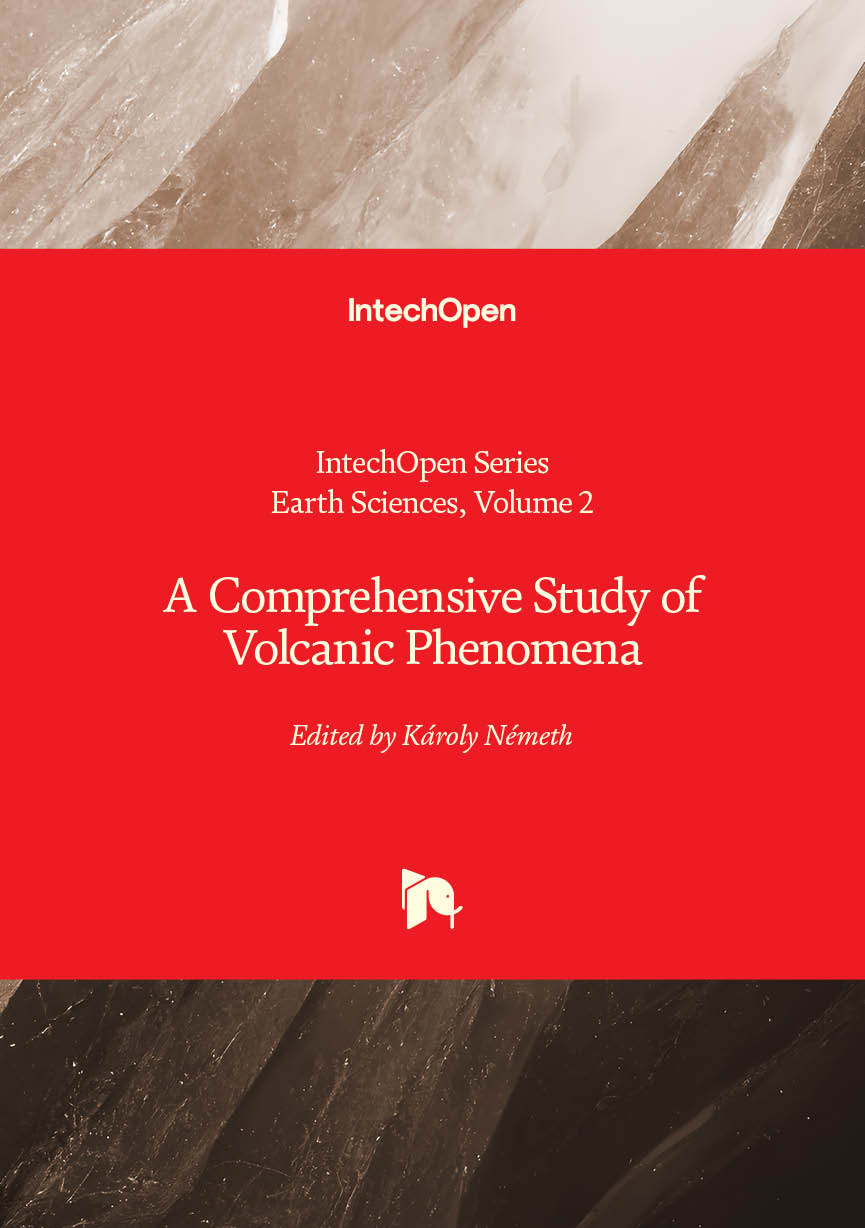-
Partager cette page
Historical and Paleolimnological Reconstruction of Degassing Maar Lakes: The Case of Lake Pavin (Auvergne, France), for the Last Two Thousand Years - A Comprehensive Study of Volcanic Phenomena
Article cosigné E.Chapron
Degassing maar lakes were considered a new natural hazard until the Nyos Lake catastrophe in 1986, but historical events have been documented in several European lakes, including Lake Pavin. The study of these phenomena over five centuries, combined with recent environmental research, reveals past degassing events and confirms that Lake Pavin remains a potential hazard, providing a model for assessing risks in other maar lakes worldwide.

Degassing maar lakes were thought to be a new natural hazard until the Nyos Lake catastrophe (1986). Historical degassing events published for Lakes Pavin (France, 1785), Monticchio (Italy, 1770–1820), Albano Lake (Italy, 1829), combined with those of Monoun (1984) and Nyos (1986) in Cameroon, allow to propose a grid of degassing descriptors, on lake and waters changes, on atmospheric disorders and on impacts on populations.
Pavin Lake degassing history has then been reconstructed from well-contextualized written sources over five centuries, revealing boiling (1783), lake storm (1847), color change (1783, 1936), sudden limnic eruption (1551, 1785), emission of fog, vapors, and thick clouds (1550–1750), associated with reported sudden neurologic diseases, similar to those observed at Albano and Nyos. Their spontaneous healings have been reported as miracles by the church authorities.
Pavin, described as a "marvelous lake with sudden storms with thunder and lightnings", is feared and avoided by the local population. When eventually sounded (1770), Pavin is gradually normalized by local authorities who deny its misbehaviors until recently.
Since 2005, Pavin geohistory is gradually unveiled by paleolimnology, geomorphology, and geochemistry, revealing sub-lacustrine slides, higher lake levels, overflows events, and its deep CO2 are beginning to be surveyed. A recent modelling of sudden lake degassing confirms that Pavin area is a potential hazard. Other world maar lakes could benefit from the multiple approaches implemented at Pavin to establish their past degassing history, necessary to risk management.
Lire l'intégralité de l'article sur le site intechopen.com





